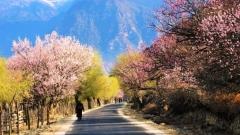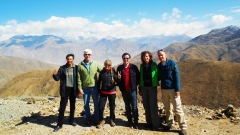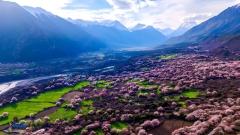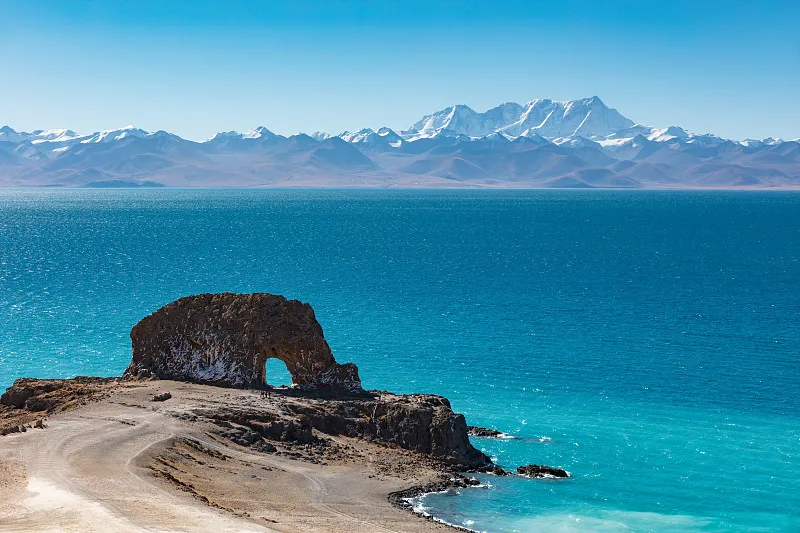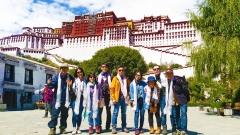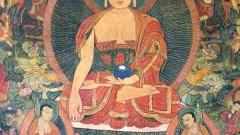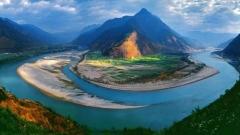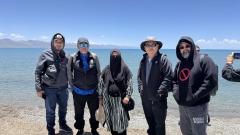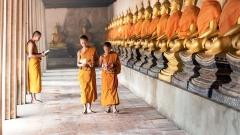Mount Kailash, revered as the center of the universe by Buddhists, Hindus, Jains, and Bon practitioners, is not just a mountain—it is a spiritual symbol. When planning a Kailash kora, travelers usually face a choice between the Southern Route and the Northern Route. Each path offers a unique experience in terms of scenery, difficulty, and spiritual meaning. Understanding the differences will help you choose the journey that resonates most with your goals.
The Southern Route: Tradition and Accessibility
The Southern Route is the most popular path for pilgrims and trekkers. It is considered the standard Kailash kora, followed by the majority of Tibetan Buddhists and Hindu devotees.
-
Length: About 52 km (3 days on foot).
-
Route Highlights:
-
Starting at Darchen, the base town of Mount Kailash.
-
Passing through the Tarboché Valley and visiting the iconic Yam Dwar (“Gateway of the God of Death”), an auspicious starting point for the trek.
-
Crossing the challenging Dolma La Pass at 5,630 meters, the highest and most sacred point of the journey.
-
Witnessing sacred sites such as Gauri Kund Lake (a holy site for Hindus) and Buddhist prayer flags fluttering in the wind.
-
-
Why Choose the Southern Route?
-
It is the most accessible and well-trodden path.
-
Ideal for first-time pilgrims or trekkers with moderate trekking experience.
-
Rich in cultural and spiritual landmarks, making it deeply meaningful for religious followers.
-
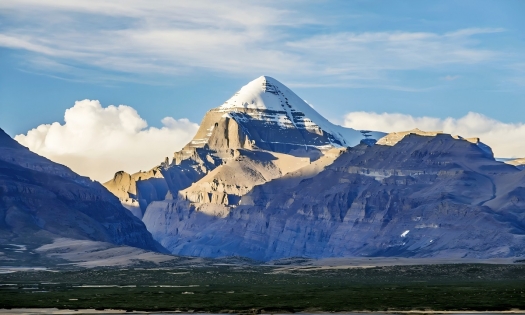
Mount Kailash
The Northern Route: Wilderness and Seclusion
The Northern Route, also known as the Inner Kora, is less traveled and far more demanding. It is typically attempted only by seasoned pilgrims and adventurers who have completed the Southern Route before.
-
Length: Slightly longer than the Southern Route and requires special permits.
-
Route Highlights:
-
Traverses rugged, remote terrain with fewer pilgrims.
-
Offers close-up views of Mount Kailash’s northern face, which is considered especially sacred and mysterious.
-
Involves climbing over difficult passes such as Khando Sanglam La, with breathtaking views of glaciers and untouched landscapes.
-
-
Why Choose the Northern Route?
-
It is more challenging and spiritually intense.
-
Ideal for experienced trekkers or devoted pilgrims seeking a deeper connection.
-
Provides solitude and a raw, untouched atmosphere that is hard to find elsewhere.
-
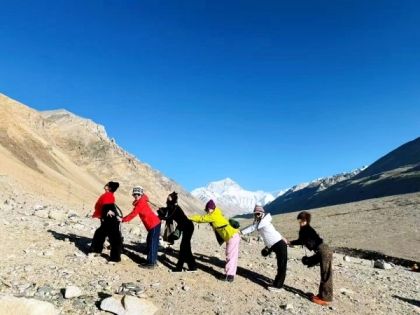
Kailash
Choosing the Right Route
-
For First-Time Visitors: The Southern Route is recommended for its accessibility, cultural richness, and well-marked trails.
-
For Experienced Pilgrims & Adventurers: The Northern Route offers a more demanding but profoundly rewarding journey, best suited for those already familiar with Kailash.
Many devoted pilgrims believe that completing both routes in one lifetime brings immense spiritual merit.
Practical Tips for Both Routes
-
Best Time to Trek: May to October, when the weather is relatively stable.
-
Altitude Preparation: Both routes reach above 5,000m; proper acclimatization in Lhasa, Shigatse, or Lake Manasarovar is essential.
-
Permits: Foreign travelers need a Tibet Travel Permit, Alien’s Travel Permit, and additional permissions for the Kailash region. The Northern Route requires special approval.
-
Travel Style: Most international visitors join organized tours, which include transportation, accommodation, meals, and professional guides.
Conclusion
Whether you choose the Southern Route’s tradition and accessibility or the Northern Route’s solitude and challenge, the Mount Kailash pilgrimage is a once-in-a-lifetime journey. Both paths invite you to step into a sacred landscape where spirituality, natural beauty, and human endurance come together in harmony.



